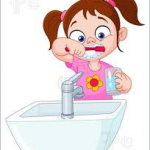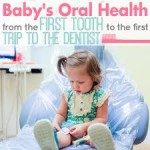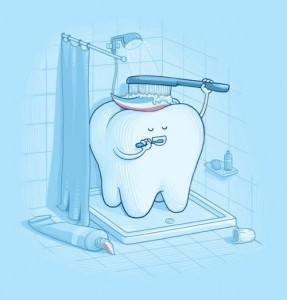Getting your kids to brush their teeth, yet alone like it, can be tricky. We have some tips that might help you to get your kids brushing and like it!!
your kids to brush their teeth, yet alone like it, can be tricky. We have some tips that might help you to get your kids brushing and like it!!
Dr. Tillman recommends that you choose a small, child-sized, soft-bristled toothbrush. Soaking the brush in warm water for a few minutes before brushing can soften the bristles even more. Use a pea sized amount of fluoride toothpaste.
Monkey See Monkey Do: Modeling good behavior is one of the best ways to get your kids excited about brushing their teeth instead of thinking it’s a chore. When you brush your teeth, be happy that you’re doing it. If Mom and Dad make it look like fun, the kids will want to do it too. Let them copy you. Buy them the same color toothbrush as you have, or try an electric one, which may be more entertaining for them. Let them try brushing your teeth and then you can brush theirs to make sure they’re actually clean.
Give them a good story: Talk about why we need to brush – how the sugar bugs make holes in our teeth if we don’t brush them away. Sometimes kids need a reason or a good story to get on board.
Make bubbles: Encourage them to create lots of bubbles – that means they’re brushing well. You could hold a bubble-making contest with your kids to see who can create the most bubbles.
Make sure to bring your kids in for their routine check ups and cleanings and our hygienists can help encourage the kids with good brushing habits!

 My Baby is Getting Teeth!!
My Baby is Getting Teeth!!